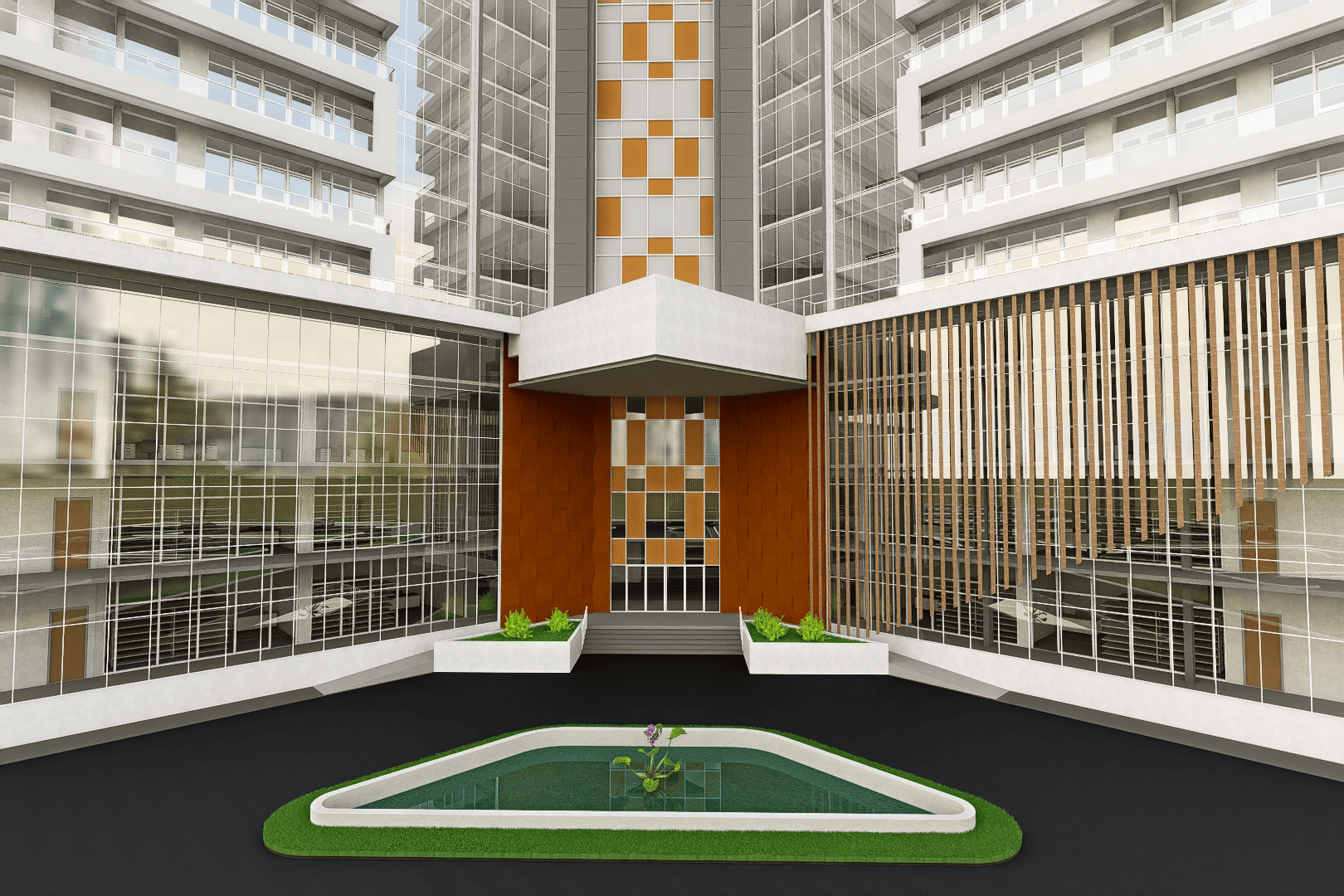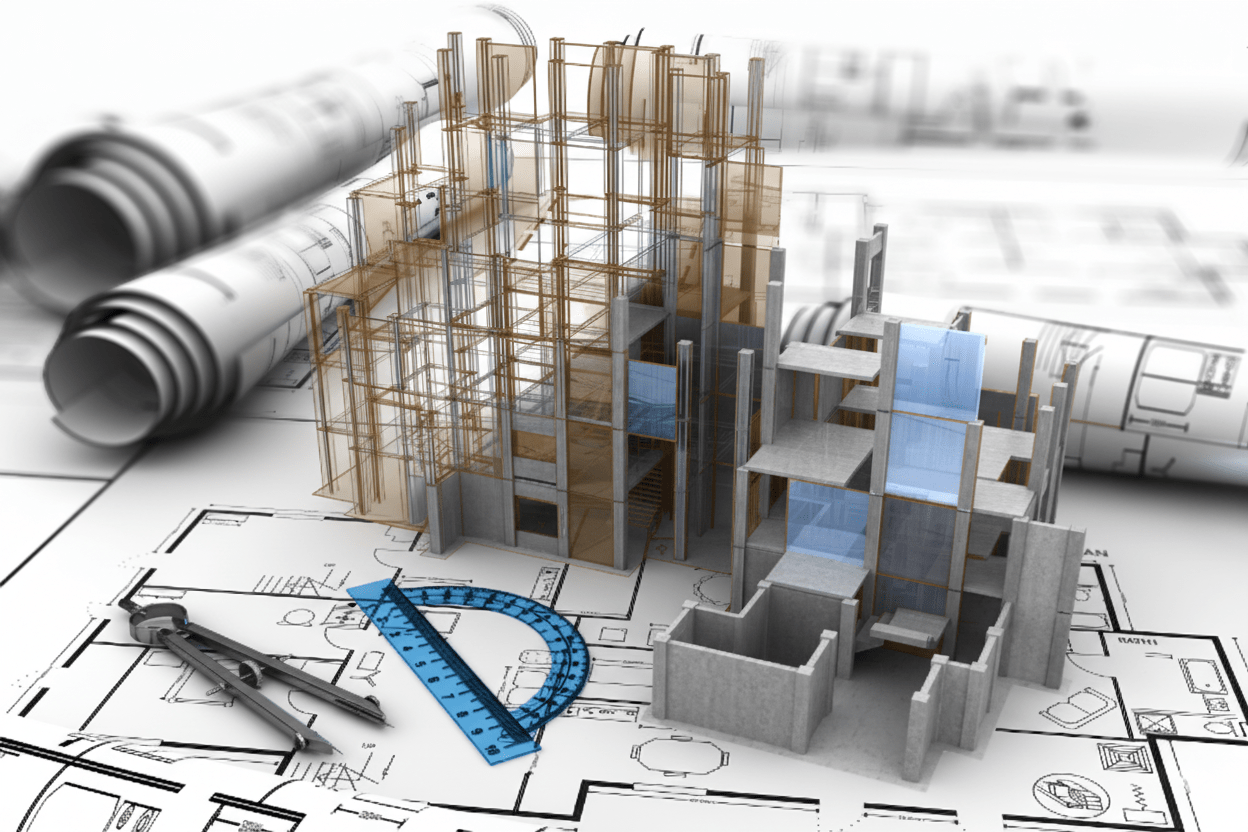
We developed a LOD 300 BIM model for a high-rise commercial building. Converting CAD drawings into a detailed Revit model, our team accurately represented 20 typical floors with complete architectural and structural elements. The deliverables included detailed CAD documentation and a fully coordinated 3D Revit model, supporting design review, planning, and future project management.

Project Overview
Gradient Towers is a modern high-rise commercial development, designed with 20 typical floors of lettable spaces. Our team was entrusted with converting existing CAD drawings into a comprehensive BIM at LOD 300, ensuring accuracy, consistency, and coordination across all building systems.
The project demonstrates our expertise in delivering high-quality CAD to BIM conversion services, supporting the client’s requirements for precise digital documentation and a robust model suitable for future planning and management.
Key responsibilities:
CAD to BIM Conversion – Translating 2D CAD drawings into a 3D Revit model.
Architectural & Structural Modeling – Accurately representing floors, walls, slabs, columns, beams, and other structural elements.
Quality Assurance – Performing clash detection and consistency checks to ensure model accuracy.
Documentation – Delivering comprehensive CAD drawings alongside the BIM model.



With BIM, project teams can:
Visualize designs in 3D for better understanding and communication.
Detect clashes early between architectural, structural, and MEP elements.
Improve accuracy and reduce errors, minimizing costly rework.
Streamline collaboration among architects, engineers, contractors, and owners.
Support long-term facility management with a data-rich model for maintenance and planning.


Building Information Modeling (BIM) is more than just 3D modeling, it is a collaborative digital process that enables architects, engineers, contractors, and owners to work from a coordinated and data-rich model. By integrating geometry with information, BIM ensures:
Accuracy – Eliminates discrepancies between drawings and the built environment.
Coordination – Facilitates clash detection between disciplines.
Efficiency – Reduces costly design errors and rework.
Future-readiness – Provides a reliable foundation for operations, maintenance, and facility management.
At LOD 300, the model represents accurate geometry and essential information for all major building components, making it ideal for design review, visualization, and project coordination.
Our Approach
We adopted a structured and detail-oriented approach to ensure an accurate and fully coordinated BIM model:
Assessment & Planning – Reviewed all existing CAD drawings and project data to establish modeling standards and workflow.
CAD to BIM Conversion – Translated 2D drawings into a 3D Revit model, maintaining precise geometry and design intent.
Architectural & Structural Modeling – Modeled walls, floors, columns, beams, and other key elements with LOD 300 detail.
Quality Assurance & Coordination – Conducted clash detection, consistency checks, and cross-discipline coordination to ensure model accuracy.
Documentation & Deliverables – Provided detailed CAD drawings alongside the Revit BIM model for design review, planning, and future facility management.

